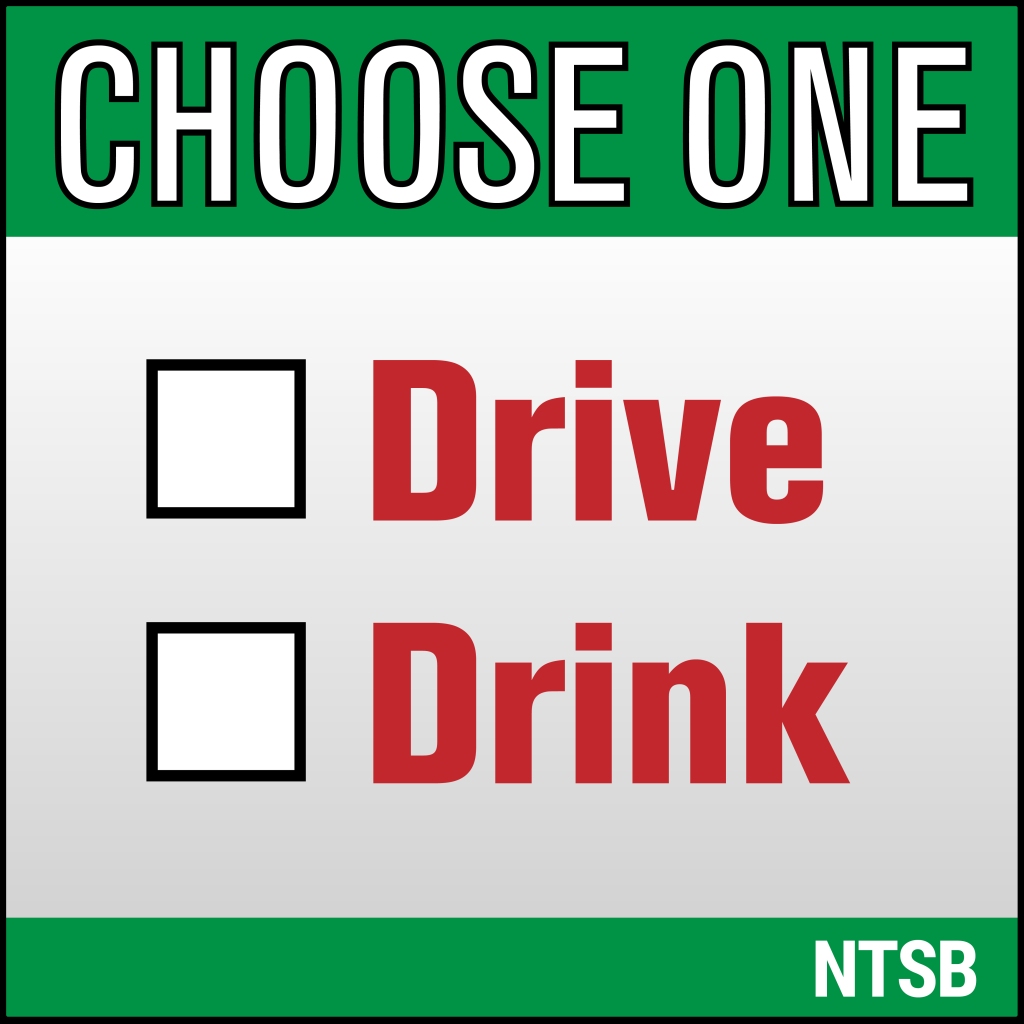By Robert Molloy, PhD, Director, NTSB Office of Highway Safety
If you’re driving down a divided highway and see headlights coming right at you, or hear screeching tires and see cars and trucks swerving to get out of your way, it’s probably an indication you’re heading in the wrong direction. Another indicator may be the large signs that read “Wrong Way” and “Do Not Enter.” The signs are always there, yet, unfortunately, they can go unnoticed, with catastrophic results.

The NTSB has a long history of investigating collisions involving vehicles traveling the wrong way on high-speed divided highways. Wrong-way crashes occur relatively infrequently, but they are much more likely to result in fatal and serious injuries than any other type of highway crash.
In December 2012, we released a special investigation report looking at the causal factors involved in wrong-way crashes. In that report, we issued 16 safety recommendations aimed at prevention, many of which are still open, awaiting action by highway safety regulatory agencies, automotive industry groups, and states.
As we strive toward safety, we must look at what the trends and data are telling us. Are we heading in the right direction regarding wrong-way crashes? Today, the AAA Foundation for Traffic Safety released a research brief examining fatal wrong-way crashes. It contained alarming statistics that should be a flashing “Wrong Way” warning sign to all of us. The trendline for these crashes is clearly moving in the wrong direction.
The AAA’s analysis shows that, between 2010 and 2018, there were 3,885 deaths resulting from wrong-way driving crashes—an average of 430 deaths per year. This is a 19-percent increase over the 360 fatalities per year found in our analysis of 2004 to 2009 crash data. In total, we have lost a staggering 6,024 precious lives in wrong-way crashes in just 15 years—an unacceptable loss of life, especially when these types of crashes are preventable.
Like our earlier report, AAA’s research found that alcohol impairment plays a large role in wrong‑way crashes. Over 60 percent of wrong-way drivers in fatal crashes are impaired. In May 2013, we published Reaching Zero: Actions to Eliminate Alcohol-Impaired Driving, which includes a comprehensive list of safety recommendations to help eliminate alcohol‑impaired driving. Specific prevention strategies needed to reduce wrong-way crashes include the following:
- Increase high-visibility impaired-driving enforcement, including sobriety checkpoints and saturation patrols, in areas where wrong-way driving movements are most prevalent.
- Accelerate the development of in-vehicle alcohol-detection technologies.
- Require the use of alcohol ignition interlock devices for all individuals convicted of driving-while-impaired offenses.
- Reduce the per-se blood alcohol concentration (BAC) limit to 0.05 or lower for all drivers. Lowering the BAC has been shown to provide a broad deterrent effect.
AAA research also found that older drivers are more at risk of wrong-way driving than their younger counterparts. The NTSB has open recommendations to the states calling on them to develop a comprehensive highway safety program for older drivers that incorporates, at a minimum, the elements of the National Highway Traffic Safety Administration’s Highway Safety Program Guideline No. 13—Older Driver Safety. A successful program includes driver licensing and medical review of at-risk drivers, education for the medical and law enforcement community, and improved roadway design for older driver safety.
The NTSB, AAA, and others have developed a roadmap for preventing wrong-way crashes. It’s about time we do a U-turn and start heading in the right direction. I applaud the AAA Foundation for Traffic Safety for this recent research. We can’t ignore the flashing warning sign that we are going the wrong way toward preventing deadly wrong-way crashes on our highways.


